Having a newborn baby is one of the most exciting moments in a family’s life. It is also a time when parents need to be extra vigilant with safety considerations. From the newborn’s car seat to the environment of the home, there are many potential risks that need to be taken into account when preparing for the arrival of a newborn. This article will provide an overview of some of the important safety considerations that should be taken into account when preparing for the arrival of a newborn and how to ensure the baby’s safety in the home.
It will also provide information on how to create a safe environment for newborn photography sessions.
Caring for a newborn
is an incredibly rewarding experience, but it also comes with many safety considerations. From choosing the right products to knowing how to handle your baby, there are a number of steps parents should take to ensure their newborn is safe and comfortable. It is important for parents to be aware of all safety considerations when caring for a newborn, as even small mistakes can lead to serious injury or illness.Choosing the Right Products
When it comes to choosing products for a newborn, safety should be the top priority.Parents should always read the instructions, labels, and warnings on any product they use for their baby. Items such as cribs, car seats, strollers, and other nursery items should meet safety standards and be free of any defects or hazards. It is also important to make sure that all products are age-appropriate and designed specifically for newborns.
Preparing the Home for a Newborn's Arrival
Before bringing a baby home, parents should make sure their home is safe and free of any potential hazards.This includes checking for things like loose cords, sharp edges, or any potential choking hazards. Additionally, parents should ensure that all smoke and carbon monoxide detectors are working properly and placed in the areas where they will be most effective.
Proper Handling Techniques
When handling a newborn, it is important to do so with care and caution. Newborns have delicate skin and bones, so it is important to support their head and neck when picking them up or placing them down.It is also important to remember that babies can startle easily when startled or awoken suddenly, so it is best to move slowly and speak softly when around them.
Creating a Safe Sleeping Environment
Creating a safe sleeping environment for a newborn is essential in order to reduce the risk of Sudden Infant Death Syndrome (SIDS). Parents should place their baby on their back on a firm mattress in a crib or bassinet that meets safety standards. Additionally, the crib should be free of any pillows, blankets, toys, or stuffed animals that could increase the risk of suffocation.Avoiding Overheating
It is important to keep in mind that babies can overheat easily due to their small size and inability to regulate body temperature.To avoid this, parents should dress their baby in lightweight clothing appropriate for the temperature of the room. Additionally, parents should avoid placing too many layers of blankets on their baby's bed or covering their head with a hat or bonnet when indoors.
Ensuring Baby is Supported During Feeding and Changing
When feeding or changing a newborn, it is important to make sure they are securely supported at all times. For bottle feeding, parents should use a nursing pillow to help support their baby while sitting upright. When changing diapers, it is best to use a changing table or pad with straps to keep the baby securely in place.Choosing the Right Products
When caring for a newborn, it is essential to make sure the products they use are safe and appropriate. From car seats to cribs, there are many products that are necessary for a baby's health and comfort. It is important for parents to do their research and ensure that any products they purchase are designed specifically for newborns and meet safety standards. When choosing products for a newborn, parents should look for features like adjustable straps and adjustable heights in car seats, strollers, and cribs. It is also important to make sure that any product is age-appropriate; for example, babies should not be put in car seats until they are able to sit up without assistance.Additionally, parents should consider purchasing products from well-known and trusted brands to ensure the highest quality. Essential products for newborns include car seats, strollers, cribs, bassinets, changing tables, diaper bags, baby monitors, and baby carriers. When shopping for these items, parents should check for safety features like harnesses or straps on strollers and car seats, as well as breathable mesh on cribs. It is also important to make sure that any product meets ASTM International safety standards. Parents can find the products they need for their newborn at local retailers or online stores. When shopping online, parents should read customer reviews to ensure the product is of the highest quality.
Additionally, parents should be aware of any recalls or safety issues associated with the product before making a purchase. While caring for a newborn can be an incredibly rewarding experience, it is also important to remember that safety must come first. Parents should take the time to research products and make sure they are selecting age-appropriate and safe items for their little one. By doing their due diligence when it comes to choosing the right products, parents can rest assured knowing their newborn is safe and comfortable.
Preparing the Home
Bringing a newborn home is an exciting time, but it also comes with many safety considerations. Preparing the home before bringing your baby home is essential to ensure their safety and comfort.From childproofing to creating a safe sleeping environment, there are a number of steps parents should take to ensure their newborn is safe.
Childproofing the Home
Childproofing the home is an important step to take before bringing a baby home. This means installing safety gates at the top and bottom of stairs, as well as locks on cabinets and drawers containing hazardous items. Additionally, it's important to cover electrical outlets and move any breakable items out of reach. Taking these precautions will help keep your baby safe and give you peace of mind.Creating a Safe Sleeping Environment
Creating a safe sleeping environment for your baby is also essential.Consider placing your baby's crib away from windows, blinds, cords, or anything that could potentially be a hazard. Additionally, make sure the crib has a firm mattress and is well-ventilated. It's also important to keep the room at a comfortable temperature and avoid using any loose bedding or stuffed animals in the crib.
Conclusion
Caring for a newborn can be challenging, but taking the right steps to prepare your home can make it easier. Installing safety gates and locks on drawers and cabinets is an important step for childproofing.Additionally, creating a safe sleeping environment for your baby is essential for their comfort and safety.
Proper Handling Techniques
Caring for a newborn is an incredibly rewarding experience, but it also requires special consideration for safety. Proper handling techniques are essential for keeping your baby safe, as they help to support the baby's head and neck during activities such as feeding and changing. It is also important to know how to safely pick up and hold a newborn in order to avoid injury.Supporting Baby's Head and Neck:
When carrying a newborn, it is essential to support their head and neck. This helps to prevent strain on their delicate neck muscles and keeps them properly aligned with their spine.Parents should use one hand to support the baby's head and neck while the other arm supports their bottom. During feeding, the baby's head should be in line with their body, and their chin should be tucked slightly into their chest.
Safely Picking Up a Newborn:
When picking up a newborn, parents should place one hand behind the baby's head and neck, while the other hand supports their bottom. It is important to make sure you have a secure grip on the baby before attempting to lift them. When carrying the baby, always keep them close to your body and never shake them.Holding a Newborn:
The ideal position for holding a newborn is on their back with their head slightly elevated.Parents should always keep one hand on the baby at all times for support. When sitting with the baby, make sure that they are in a position where you can look down at them. Never leave a newborn unattended. Caring for a newborn is an incredibly rewarding experience, but it is important to understand the safety considerations and take the necessary steps to ensure your baby's safety and comfort. Parents should research products before purchasing, prepare their home before bringing baby home, and learn proper handling techniques.
By doing so, you can ensure that your newborn is kept safe and healthy. Newborn photography sessions are an excellent way to capture beautiful memories of your little one. Parents should take the time to review safety considerations prior to their session in order to provide a safe and comfortable experience for their newborn.

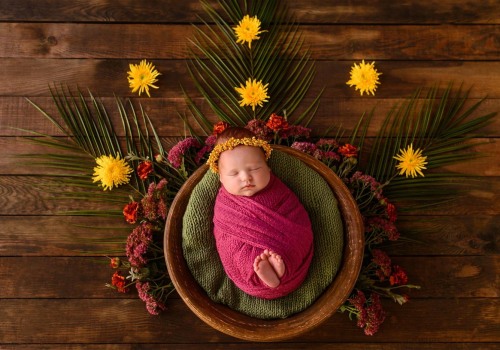
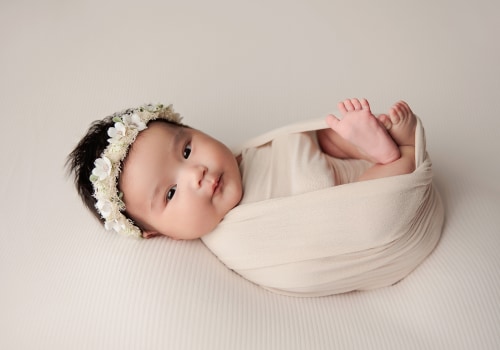
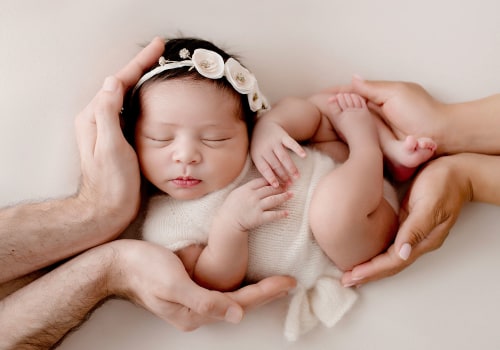
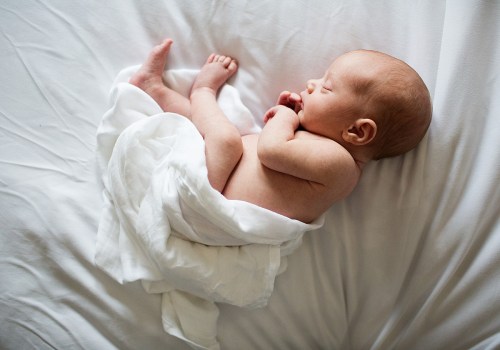
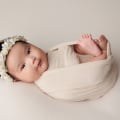
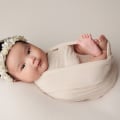
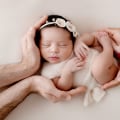
Leave a Comment